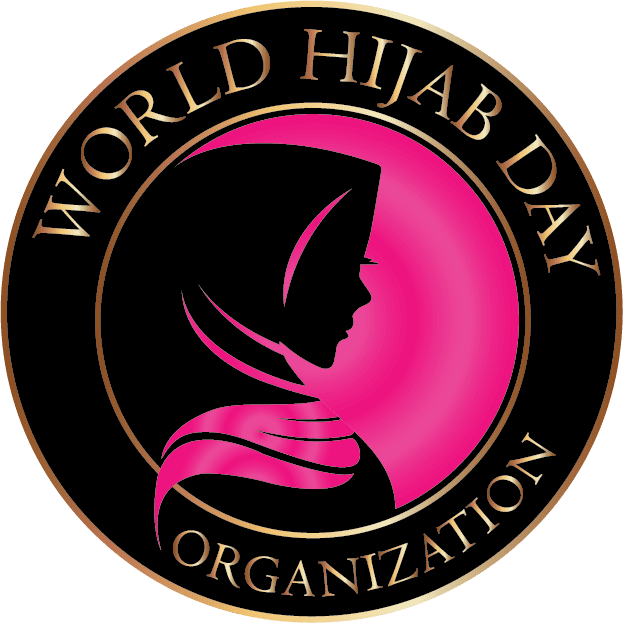There were many parents lining up outside of DeWitt Clinton High School in the Bronx, New York City, waiting to pick up their children and take them home. This was unusual because everyone I knew was old enough to independently go home. Forget about social media! We didn’t even have cell phones for communication back then so when we noticed the chaos closing in on our high school, we just assumed things:
“There must have been a huge fight and someone was seriously hurt,” said one student as we exited the gym locker room.
As soon as we were seated inside of our next classroom, the principal made an announcement on the PA: “Two planes crashed into the World Trade Center and it’s going down.” Instantaneously, our classrooms and corridors filled up with gasps and tears. And I was left wondering, Did I just hear correctly? That’s impossible! Those are such strong structures! The people inside!
From one of the windows at our school, I saw a thick cloud of smoke rising into the air. I slowly started believing it. Back at home, I fixated my eyes on the news coverage on the television and I believed; as a result, I tried to come to terms with what had happened. I prayed for the victims and for their families. I did not expect that one of the greatest tragedies of humankind would also open up my eyes to other experiences. This had mostly to do with terms like, “Osama Bin Laden,” “Al-Qaeda” and “Taliban” appearing in the media.
Before September 11th, 2001, all I saw was the beauty in the headscarf that Amma (Bengali term for mother) so pristinely wrapped around her head. After that day, I admired her confidence and boldness to embrace and observe her visible Muslim identity especially in the face of adversity and prejudice against Muslims or people who just “looked Muslim.” I wondered, how could something so beautiful attract so much ugliness?!
I was walking outside when two kids threw batteries at me from across the street, calling me, “Taliban” and “Osama Bin Laden.” I ignored them because I thought giving them any attention would only give them the satisfaction of knowing that they had, in some way, impacted me. Of course, I was affected. I did not wear hijab at that time, when I was 16-years-old, but my skin color was enough to mark me as a target of discrimination. After that, I found myself trying to clarify the misconceptions of Islam through any means presented to me by the schools I attended. I found myself giving speeches about strict airport control and profiling; I found myself writing and editing articles that addressed the most frequently asked questions: What is the hijab? Why do Muslim women wear it? What is the difference between hijab, niqab and burqa? Who are the Taliban and what do they stand for? What does Islam say about violence? Through the power of spoken and written word, I tried to shed some light on the darkness. I still am and this is why:
September 24th, 2003: Although Germany’s court ruled in favor of a Muslim teacher who wanted to wear her hijab at the school she taught, half of the other states banned their teachers from wearing headscarves.
April 11th, 2011: France banned full face veils or niqabs.
July 23rd, 2011: Belgium banned the burqa (loose-fitting, full-body, modest dress) and niqab in public spaces.
July 1st, 2014: Burqa was banned in France.
May 22nd, 2015: The Dutch banned niqab on public transportation among other public areas, but not on the street.
August 18th, 2016:
France banned the burkini, a full-body swimwear with hijab attached, in many seaside regions including Villeneuve-Loubet, Cannes and Sisc on the island of Corsica.
December 6th, 2016: Germany banned niqab.
July 30th, 2017: Australia banned niqab.
March 14th, 2017: If a company had no policy against visible religious symbols, then customers could not demand the employee to remove her hijab. However, companies were allowed to make such policies and their employees had to abide by them.
May 31st, 2018: Denmark banned all garments that cover the face.
August 1st, 2019: The Netherlands banned the niqab and burqa.
March 7, 2021: Switzerland banned niqab and burqa.
March 30th, 2021: France banned the hijab for girls under the age of 18.
July 15th, 2021: EU’s highest court ruled that any employer has the right to ask his or her employee to take off the hijab and if the employee refuses, their services can legally be terminated.
As you can see, in the face of adversity, it is a challenge to wear a hijab. However, I did it…eventually ٱلْحَمْدُ لِلَّٰ .
About the author

Rumki Chowdhury is Editor of World Hijab Day Organization. She is an award-winning published author. She has an MA in English Literature from Queen Mary University of London, a BA in English Writing from William Paterson University of New Jersey and an English Subject Teaching Degree from Gävle Högskolan in Stockholm, Sweden. She speaks Bengali and Swedish fluently! She has years of experience in the media and publishing worlds. Rumki lives with her husband and their three daughters.
www.rumki.com
Instagram @rumkitheauthor
Facebook @rumkitheauthor
Twitter @rumkichowdhury



